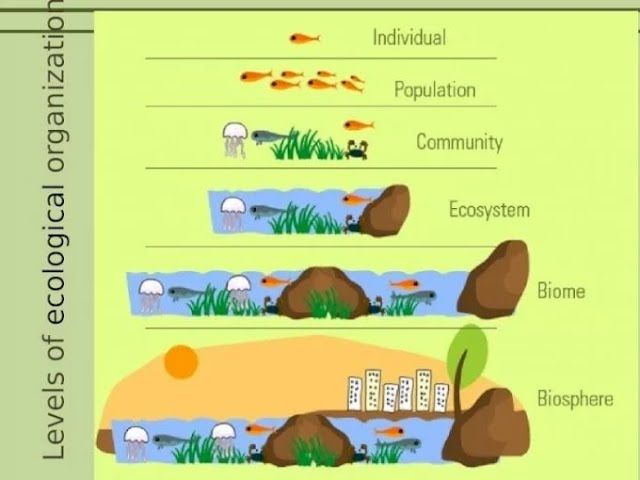Ecology is a fascinating field that studies the relationships between living organisms and their environment. It plays a crucial role in understanding how ecosystems function and thrive. In this article, we will delve into the basics of ecology, focusing on ecosystems and biodiversity.
What is Ecology?
Ecology is the scientific study of the interactions between organisms and their environment. It examines the relationships between living organisms, such as plants, animals, and microorganisms, and their surroundings. By studying ecology, scientists can gain insights into how ecosystems work and how they can be preserved and protected.
Understanding Ecosystems
An ecosystem is a community of living organisms, along with their physical environment, that interact as a unit. Ecosystems can be as small as a pond or as large as a forest. They include both biotic (living) and abiotic (non-living) components.
At the heart of every ecosystem is energy flow and nutrient cycling. Producers, such as plants, use sunlight to produce energy through photosynthesis. Consumers, such as animals, feed on producers or other consumers to obtain energy. Decomposers, like bacteria and fungi, break down organic matter and recycle nutrients back into the ecosystem.
The Role of Biodiversity
Biodiversity refers to the variety of life forms in an ecosystem. It includes diversity within species, between species, and of ecosystems. Biodiversity is essential for the stability and resilience of ecosystems.
High levels of biodiversity increase an ecosystem’s productivity and ability to withstand environmental changes. For example, a diverse plant community can better resist pests and diseases than a monoculture. Biodiversity also provides food, medicine, and other resources that humans rely on.
Threats to Ecosystems and Biodiversity
Unfortunately, ecosystems and biodiversity are facing increasing threats from human activities. Deforestation, pollution, overfishing, and climate change are just a few of the challenges that ecosystems are currently facing.
Loss of habitat is a major threat to biodiversity. When forests are cleared for agriculture or urban development, many species lose their homes and food sources. This can lead to a decline in biodiversity and the loss of valuable genetic resources.
Conservation of Ecosystems and Biodiversity
Conservation efforts are crucial for protecting ecosystems and biodiversity. Conservation strategies include establishing protected areas, implementing sustainable land management practices, and promoting awareness and education about the importance of biodiversity.
Individuals can also contribute to the conservation of ecosystems and biodiversity by making sustainable choices in their daily lives. By reducing waste, conserving energy, and supporting eco-friendly products and practices, we can all play a role in preserving our planet’s precious natural resources.
Conclusion
Ecology is a vital field of study that helps us understand the intricate relationships between living organisms and their environment. By learning about ecosystems and biodiversity, we can gain a deeper appreciation for the beauty and complexity of the natural world.
It is essential that we take action to protect and preserve ecosystems and biodiversity for future generations. By working together to conserve our planet’s precious resources, we can ensure a sustainable future for all living beings.
Let’s all do our part to protect and preserve the ecological balance of our planet!
